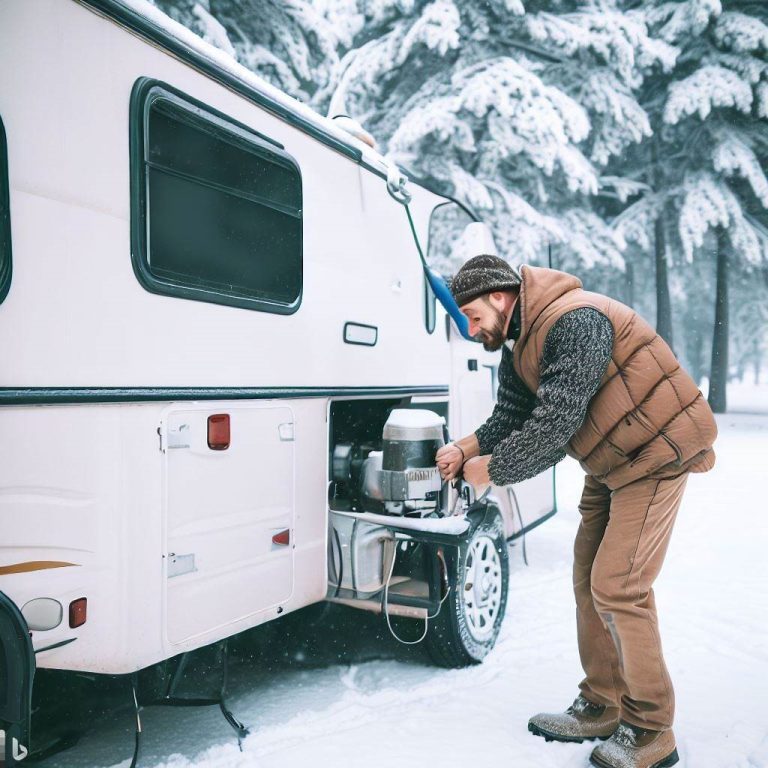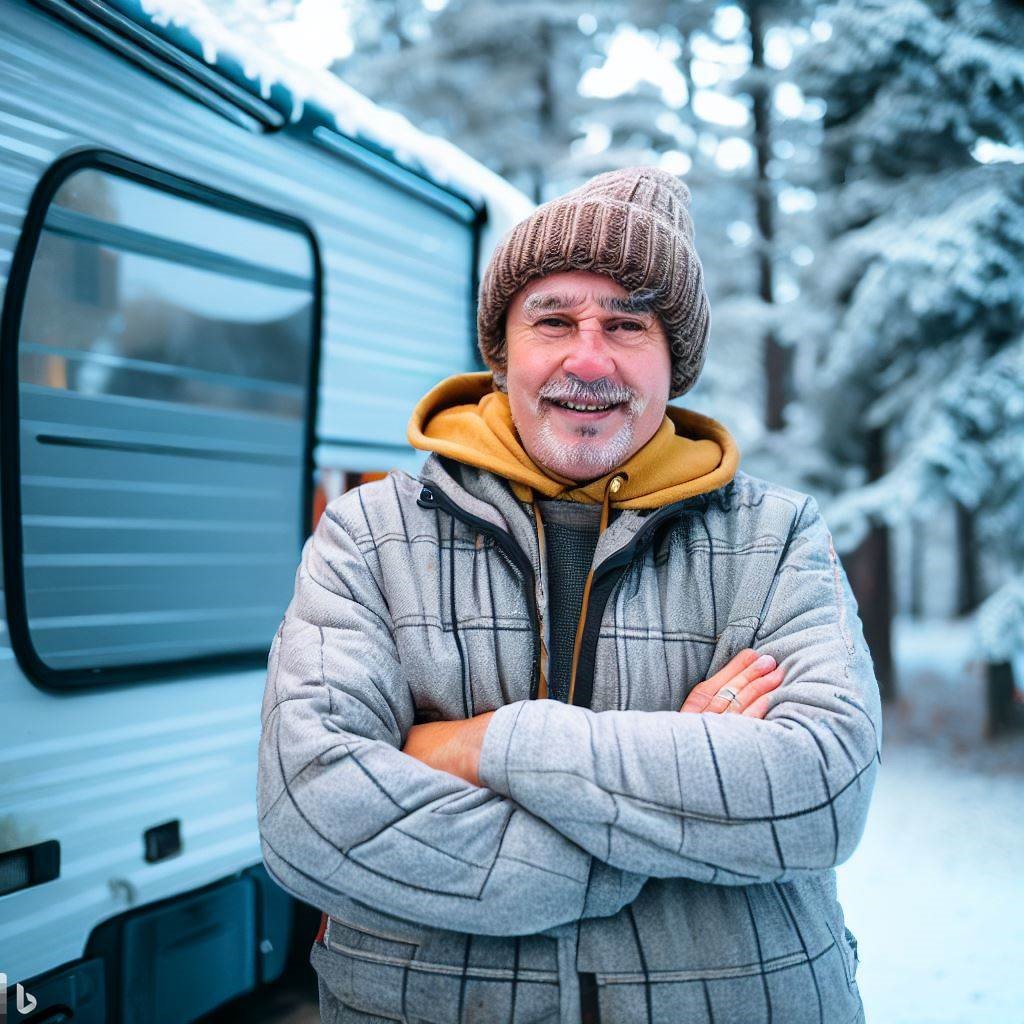
Ultimate Guide: How to Winterize Your RV for Optimal Protection
Introduction:
As the colder months approach, it’s crucial to prepare your RV for winter to safeguard it from potential damage. Winterizing your RV involves a series of essential steps to protect its plumbing system, exterior, interior, and more. By following this comprehensive guide, you can ensure that your RV remains in top condition during the winter season, ready for your next adventures when spring arrives. Let’s delve into the step-by-step process of winterizing your RV and explore valuable tips for optimal protection.
Preparing the Plumbing System:
The plumbing system of your RV requires special attention to prevent freezing and potential damage. Start by draining the fresh water and holding tanks completely. Open all faucets, including the hot and cold water taps, to allow any remaining water to flow out. Ensure the toilet is flushed until antifreeze appears in the bowl. To protect the system from freezing, pour RV-specific antifreeze into each drain trap, ensuring it reaches all plumbing fixtures. This step prevents residual water from freezing and causing expensive damages.

Protecting the Exterior:
The exterior of your RV requires proper protection from the harsh winter elements. Begin by thoroughly cleaning the exterior to remove any dirt or debris. Apply a high-quality wax or protective coating to create a barrier against snow, ice, and road salt. Inspect the roof for any signs of damage, such as leaks or cracks, and address them promptly. Additionally, ensure all windows and doors are properly sealed to prevent cold air infiltration. Consider investing in a quality RV cover or find a suitable storage area to shield your RV from the winter weather.
Electrical System and Battery Maintenance:
Taking care of your RV’s electrical system and batteries during winter is crucial for their longevity and performance. Start by disconnecting the RV from any external power sources. Fully charge the RV batteries and then disconnect them, storing them in a cool and dry location. Regularly check the battery charge levels during storage. Inspect all electrical connections and wires, ensuring they are secure and free from wear or corrosion. Consider investing in surge protectors or voltage regulators to safeguard the electrical system from power fluctuations. Remove any non-essential electrical devices, such as TVs or stereos, to avoid power drainage and potential damage.

Interior Preparation:
Preparing the interior of your RV is equally important to protect its components and maintain a pleasant living environment. Start by thoroughly cleaning the interior, ensuring all food and perishable items are removed to prevent unpleasant odors and pests. Open all cabinets, drawers, and refrigerator doors to promote air circulation and prevent musty smells. Consider using moisture-absorbing products, such as dehumidifiers or desiccant packets, to minimize the risk of mold or mildew formation. Install vent covers to prevent cold air drafts while allowing ventilation. Utilize RV-specific antifreeze to protect plumbing fixtures, including toilets, sinks, and showers, according to the manufacturer’s instructions.

Tire Care and Maintenance:
Proper tire care and maintenance are crucial during winter to ensure optimal safety and performance. Inflate your RV tires to the manufacturer’s recommended pressure and inspect them for signs of wear or damage. Consider using tire covers to protect them from the harsh winter elements. If your RV will be stationary for an extended period, consider using tire chocks or blocks to prevent flat spots. Regularly inspect and rotate the tires to promote even wear. It’s also a good idea to periodically check tire pressure throughout the winter season.

Conclusion:
Winterizing your RV is an essential process that protects your investment and ensures its longevity and performance. By following these comprehensive steps and valuable tips, you can confidently prepare your RV for the winter season. From properly preparing the plumbing system and protecting the exterior to maintaining the electrical system, preparing the interior, and caring for your RV’s tires, each step contributes to optimal protection and readiness for your next adventures when spring arrives. Don’t overlook the importance of winterizing your RV—it’s an investment in peace of mind and trouble-free travels in the seasons to come.